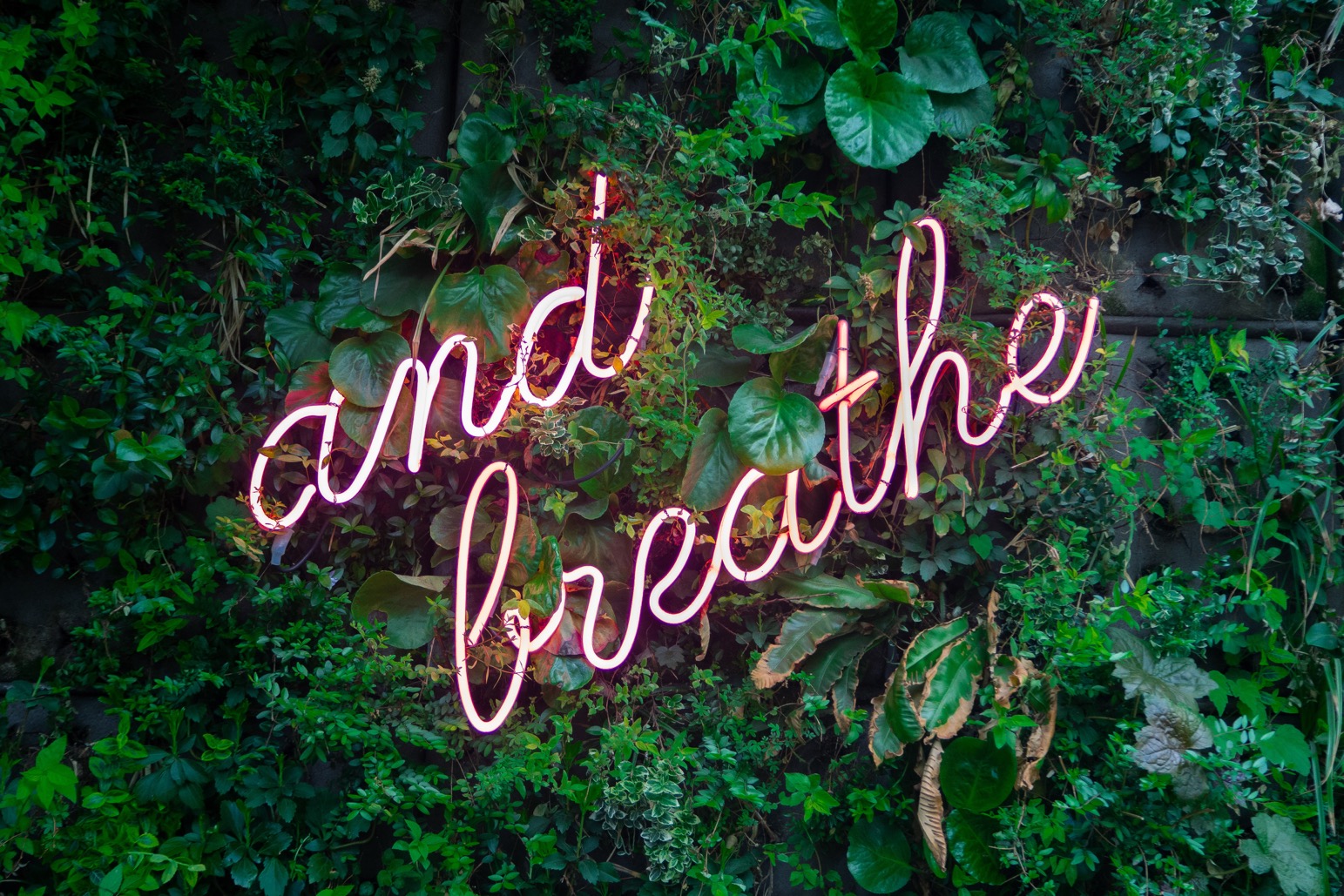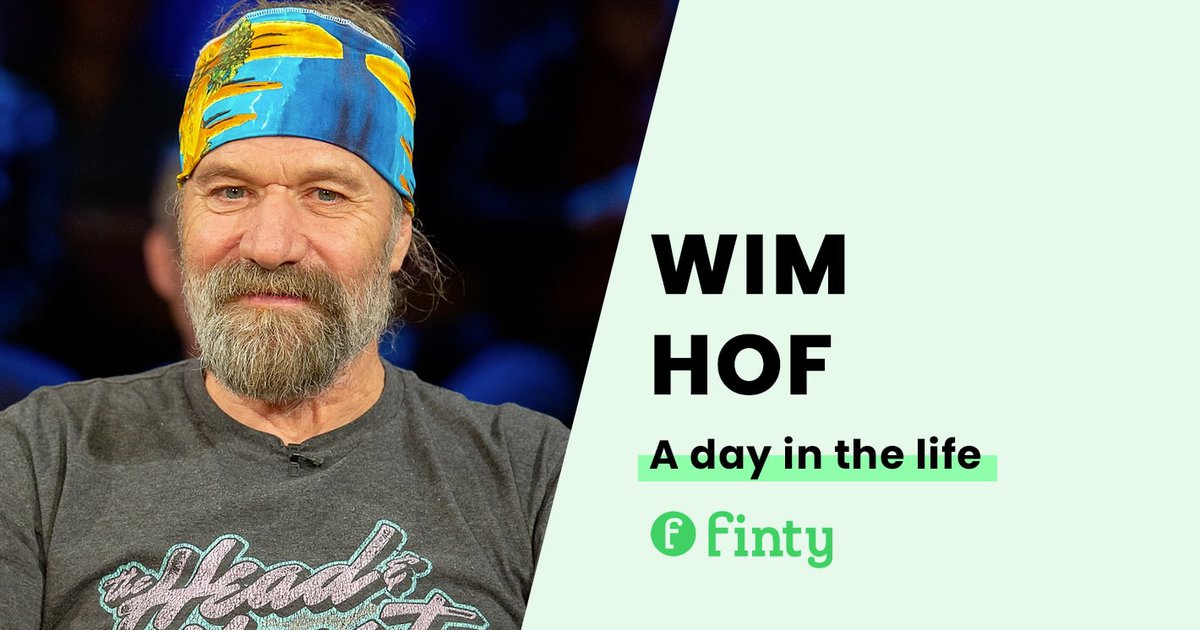


Hof holds several world records for withstanding extreme cold, such as immersion in ice for almost 2 hours. But what if this understanding was wrong? Dutchman Wim Hof, better known as “the iceman”, certainly thinks so.

Scientists are nevertheless intrigued by all those world records Hof has collected:Īt first this seems a ridiculous idea, because our body’s innate immune system has long been known to operate in an autonomic fashion: we can’t voluntarily control it. All the changes to my physiology from practicing the Wim Hof Technique consistently, has improved my overall health and athletic performance considerably.īut anecdotes from believers are of course not very useful. I’ve also experienced the positive changes myself, My cardiovascular and muscular endurance has increased substantially too, with a reduction in my run times, thanks to the over-saturation of oxygen to my cells, activation of my autonomic nervous system and the overriding my hypothalamus, and the changing of my body’s pH level to a more alkaline state. Is it possible for an experienced health scientist to put these observations into perspective? I.e., would you recommend (or advise against) a cancer-prone person to do such an exercise from a purely theoretical point of view?Īpart from monks and nuns who showcase impressive abilities Wim Hof is onto something. Breath hold: The low oxygen saturation and arterial pO2 probably means that the body is in a temporary state of generalized hypoxia at the end of the breath hold.Ī quick research on the connection between oxygenation/hypoxia and cancer seems to indicate that hypoxia is something that should be avoided by all means, because it promotes malignant progression and metastasis, and increases resistance to therapy and mortality ( Wikipedia, 2004 article, 2007 article, 2016 article).Hyperventilation: As a result of the low carbon dioxide levels, haemoglobin binds oxygen (Bohr effect), leading to reduced tissue oxygenation.On the other hand, the exercise involves states of low oxygenation during both: Naively, I would think that some of the reactions like the more alkaline blood pH and a more efficient immune system should be beneficial for preventing cancer.Īlso, a 2017 study has found positive effects of breath training on respiratory cancer. I am a scientist, but not in the field of medicine or health, so it is difficult to make sense these effects. Looking at these physiologic reactions, I'm wondering how performing this exercise on a daily basis would affect the development of cancer? pO2 stays slightly elevated post exercise. During the breath hold pO2 can fall below 4 kPa, and the minimum seems to become lower with each repetition. Arterial pO2: Increases from a baseline of ~16.5 to kPa over 22 kPa during hyperventilation.The breath hold recovers pCO2 but not fully to baseline level, which is why the minimum pCO2 seems to decrease with each hyperventilation. Arterial pCO2: Decreases from a baseline of ~4.5 kPa to below 2 kPa during hyperventilation.Oxygen saturation: At 100% during hyperventilation temporarily drops to ~50% during the breath hold.Blood pH: Increases from ~7.4 to over ~7.7 during hyperventilation (respiratory alkalosis) falls back to ~ baseline during breath retention.Suppresses immune response, i.e., decreased pro-inflammatory mediators (TNF-α, IL-6, IL-8) and increased anti-inflammatory mediators (IL-10).The study revealed the following physiological reactions (see also videos in the supplementary material): The focus of the experiment was to study the immune response after administration of an endotoxin while performing the breathing exercise. Voluntary activation of the sympathetic nervous system and attenuation of the innate immune response in humans. The exercise seems to have a profound effect on human physiology, which has been discovered in Inhalation followed by another breath hold for ~10 seconds.Breath hold after an exhalation for as long as possible.Hyperventilation for 30 deep, strong breaths.It consists of repeating the following steps for 3-4 times: Apart from exposure to cold, the core element of the Wim Hof Method is a breathing technique, which alternates between hyperventilation and hypoventilation (apparently similar to Tummo meditation).


 0 kommentar(er)
0 kommentar(er)
